Olympiad Test: Air And Water-2 - Class 6 MCQ
10 Questions MCQ Test - Olympiad Test: Air And Water-2
Rachit pushed a balloon into a plastic bottle and stretched its mouthpiece over the opening for the bottle. Then he blew into the bottle but the balloon could not inflate fully as shown in the picture below.
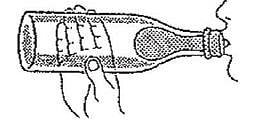
Q. Which of the following actions could cause the balloon to inflate more fully within the bottle?

| 1 Crore+ students have signed up on EduRev. Have you? Download the App |
Lime water turns milky when exposed to air and stirred. This shows that air contains:
The water cycle can take place repeatedly because water .
Sameer notices that when a paper wheel is held over a lighted candle as shown in the diagram below, it starts to turn quickly after some time.
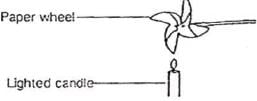
Q. Which of the following can be the correct reason?
Based on the following diagram about the gases present in the atmosphere, which of these is the most accurate description of air?
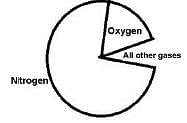
Look at the following items:
A. 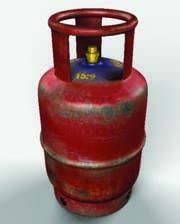 B.
B. 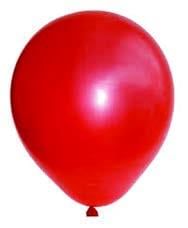
C.  D.
D. 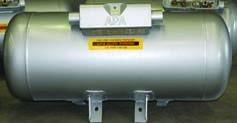
E. 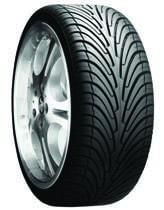
All these are filled with air. What is likely to happen when the same amount of air is pumped into each of the objects? [The air pumped in is not more than the holding capacity of these items.]
i. The gas cylinder and oxygen tank will not change their size but the air in them will be compressed.
ii. The two balloons will get bigger in size as more air gets in.
iii. The air-filled ball and tyre will also get bigger in size as more air is filled in.
Which of the following happen because of the presence of air?

















